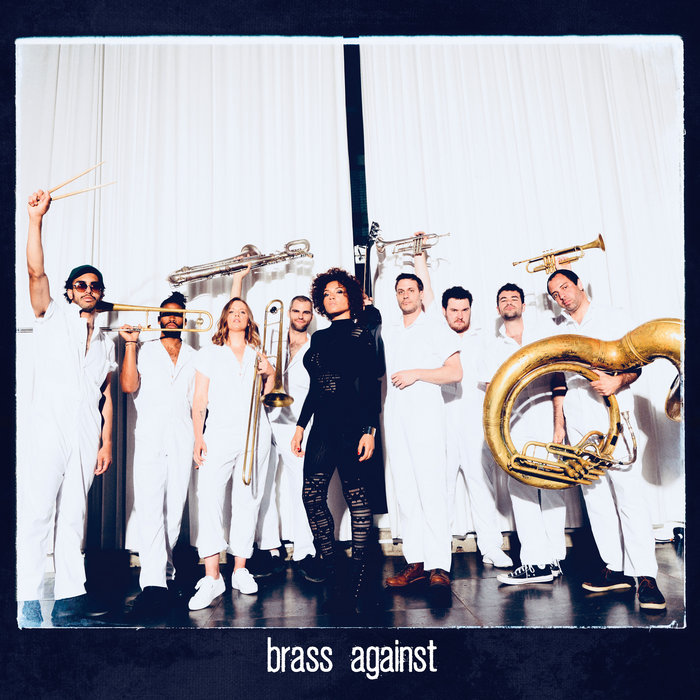
Wake Up ft. Sophia Urista – Brass Against
this blog is GROOVY – check out great Soul, Funk, Jazz, Hip Hop, Bass, Breaks , Reggae, House n many more TUNES
Hey there, fellow music lovers! Let’s dive into the flavorful world of brass music, where golden instruments shine bright and rhythms keep us groovin’. Grab your trumpet and let’s blow through some history, funky facts, and maybe even a few giggles along the way!
Brass instruments have been jamming since ancient times. Historians trace their roots back to approximately 1500 BCE with early examples like the lurs (Celtic horns) found in Scandinavian burials. Fast forward to medieval Europe—musicians experimented with metal tubes, resinous woodwinds took a backseat as brass got its groove on.
The 15th century ushered in an era we like to call the Renaissance. With it came more sophisticated brass instruments like trumpets and trombones. They didn’t just sit pretty; no sir! These bad boys were used in royal courts for fanfare that could wake up sleeping knights.
Funny Fact #1: Did you know that during this time, musicians had to wear fancy clothing? It wasn’t unusual for them to be decked out in ruffled collars and tights while playing their tunes. Imagine trying to hit high notes wearing a poofy sleeve!
As we sway into the 18th century, brass bands started popping up all over Europe. Military bands were all about those bold sounds—they needed something that could carry news across battlefields or get soldiers marching with gusto!
By the late 1800s, marching bands became mainstream entertainment—not just for troops but also parades and community gatherings. Picture this: people showing off shiny uniforms while playing catchy tunes… Talk about spectacle!
Funny Fact #2: Ever heard of “trombone slides”? Back then, their invention caused quite a stir because musicians struggled not only with hitting notes but also avoiding bumping into each other while sliding around! Band practice must’ve looked like dancers doing twist moves on scooters!
Now let’s hop into the 20th century when jazz burst onto the scene—take note folks; brass would steal hearts here too! Musicians like Louis Armstrong played trumpet up close & personal with audiences—folks couldn’t help but smile at his goofy facial expressions as he belted out those iconic tunes.
In big band jazz orchestras from Duke Ellington’s crew or Count Basie’s cats (yeah!)
brass was front-and-center creating lush harmonies alongside rhythm sections that made everyone want to dance like nobody was watching.
But wait—it gets funkier! Enter funk music in the late ’60s where horns became truly wild beasts roaming musical lands alongside electric guitars and bass lines straight from heaven itself (or at least your neighborhood block party).
Artists such as Earth Wind & Fire literally shook things up using vibrant horn arrangements coupled with unforgettable grooves—talk about good vibes only!
Funny Fact #3: Some horn players liked so much attention they’d play behind their heads or spin around mid-solo—instead of putting on flashy shows at concerts sometimes they ended up colliding mid-rotation. Oops! Nothing says “professional” quite like missing your cue because you admired yourself in a reflection.
Today’s landscape is bursting with eclectic sounds where genres intertwine beautifully—a mashup extravaganza if you will! From hip-hop collaborations featuring smooth trumpet licks by artists such as Chance The Rapper right down through indie rockers incorporating brassy elements—the love affair between modern music styles continues rolling along without skipping a beat.
Let’s not forget ska—that upbeat sound mixing reggae vibes has given new life under sunny skies since Jamaican roots gave rise within social movements focused mainly around unity such powerful echoing moments continue building bridges through melodies worldwide today thanks always too…You guessed it—brass accents!
So what can we muse upon nowadays? Well whether it’s bagging summer festivals overflowing dancing crowds basking together amidst layered harmonies created by each instrument held proudly—or exploring local ensembles bringing smiles across neighborhoods shining brightly underneath streetlights dripping coolness wherever they roam..
Musicians may wrestle daily competing against fame-driven selfish pursuits however nothing beats genuine joy generated moments creating bonds uplifting spirits shared whilst crafting fun memories chased forever by sweet lifelines echoed anytime listen closely enough hear waft softly breeze inspiring souls..Pull out your best air-trombone imitation ‘cause it ain’t stopping here friends—we’re still rollin’ onward grooves blossoming round corners await discoveries yet unfolded!!
From ancient war calls echoing beneath castles walls til today’s chart-busting hits blending old-school power meaningless titles wrapped inside catchy phrases stuck ears—the legacy remains strong…
Boom boom shake shake baby live louder feel prouder every note shines brighter together let our laughter ring loud remind one another joy fuels harmony cannot dimmed challenge leads ahead never faced alone shapeless form awaits dreams crafted perfect blend feeling unite richness far beyond ordinary mundane experiences stepping outside norms willing embrace unpredictability growth unimagined exists explore paths find happiness under sun shimmering surface connections abound waiting—you certainly deserve ride whatever road beckons boldly before pushing limits uplift others !
So next time someone asks why there’s so much joy blasting from horns remember—it goes deeper than sound it flows heart strings moving millions resonate timeless lifting spirits everywhere hoping united journey make world little lovelier one note triumphantly blaring saxophones trumpets shining star beauty blooming brilliance surrounding each player taking stage safe embracing flair… Keep on playing good people!

Wake Up ft. Sophia Urista – Brass Against
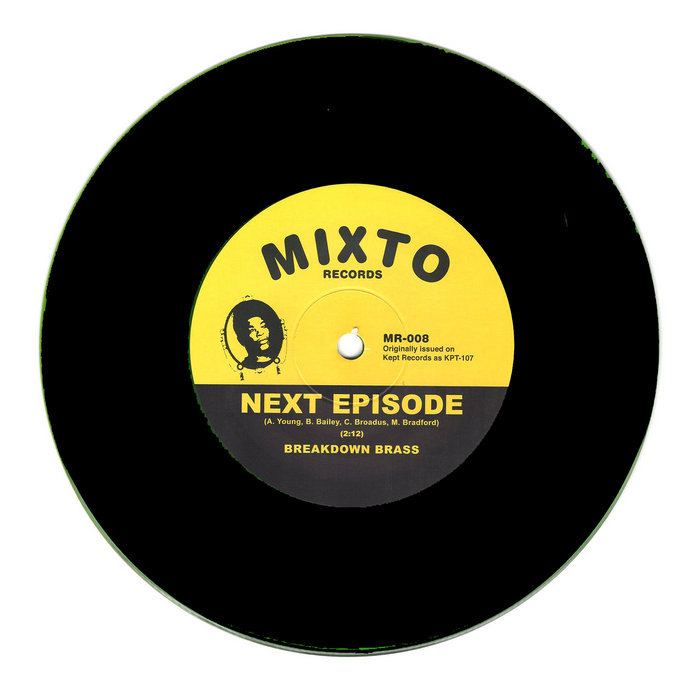
Next Episode – Breakdown Brass
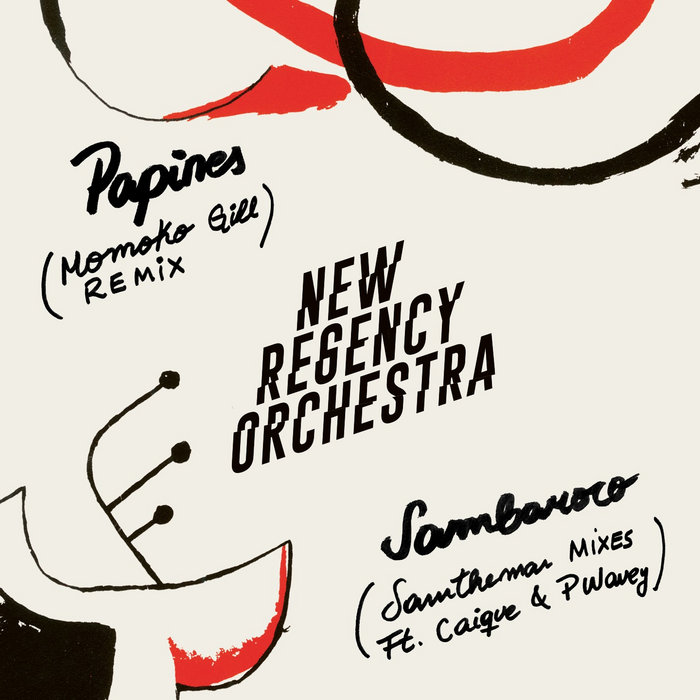
Para Los Papines (Momoko Gill Remix) – New Regency Orchestra
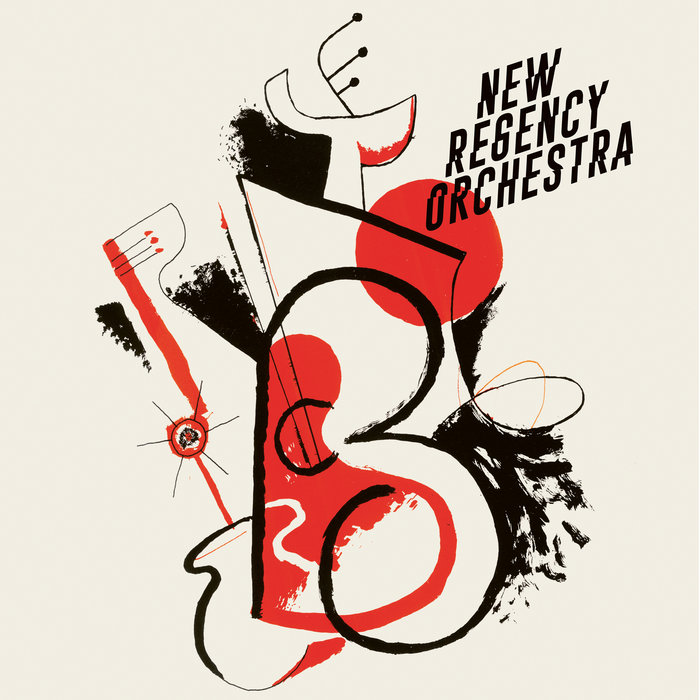
Sambaroco – New Regency Orchestra
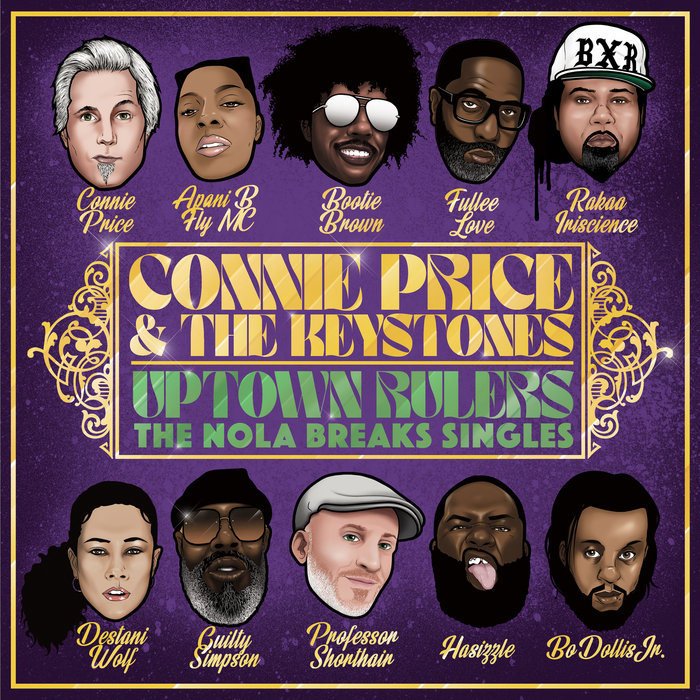
All Night (Professor Shorthair Extended Mix) – Connie Price & The Keystones
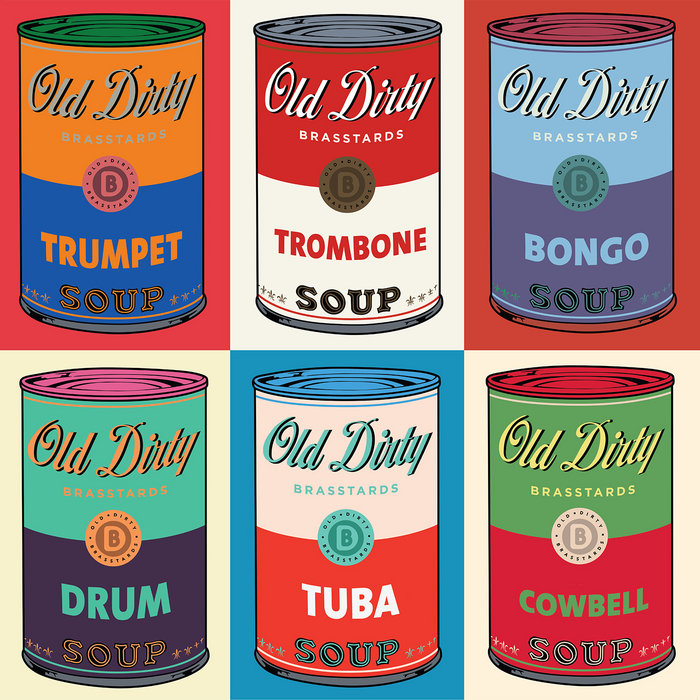
Move On Up – Old Dirty Brasstards

Come on Down (To New Orleans) – Connie Price & The Keystones
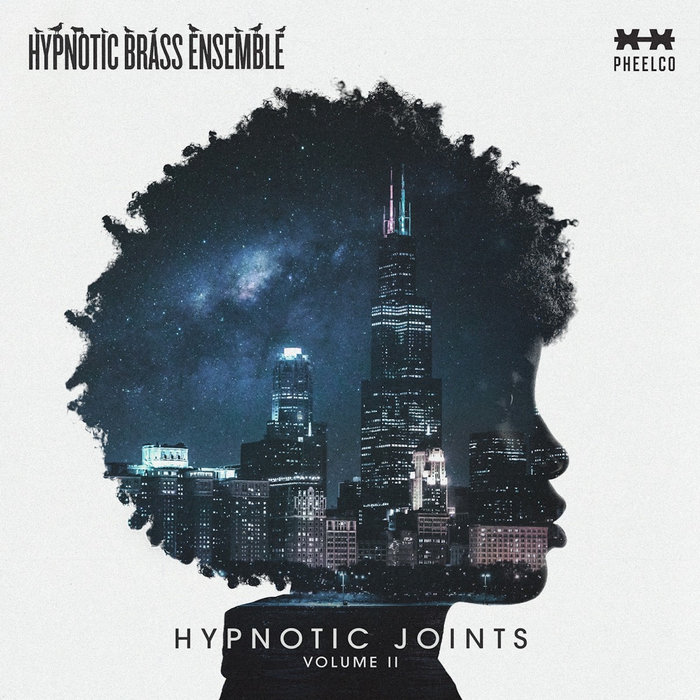
Contigo – Hypnotic Brass Ensemble

No, No, No Pt. 2 feat. Jonathan Mones – Sly5thAve
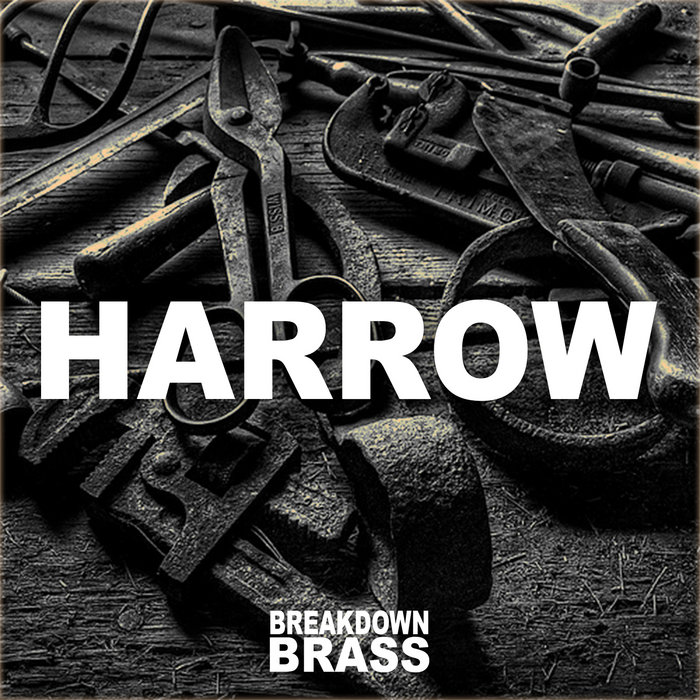
Nautilus (Hijacked) – Breakdown Brass